We arrived in Cornwall on a wave of hail the likes of which I’ve never seen. Driving across Bodmin Moor there were times where the future straightness of my cars body panels was brought into question and I had to raise my voice to a shout in order to be heard above the racket outside. Thankfully these downpours were brief meaning that a passing flock of Golden Plovers was not completely obscured. A rare ray of light amongst bleak horizons and our first sighting of the species this year. When we did finally make it to Praa Sands, our home for the next week, it was to a set of unfamiliar phrases such as “complimentary upgrade” and “double booked”. Needless to say this sort of luck never normally associates itself with us but I certainly wasn’t complaining as we explored our accommodation. Never before has a static caravan been so well equipped, had so much space or such expansive views down towards the sea. Sadly the weather seemed to have missed our upgrade and we were soaked by another hailstorm during a brief outing to the beach. Even for this seasoned Brit the sight of hail covering every surface was a strange one, especially considering we’d been walking around in t-shirts the weekend before. Imagine our surprise therefore when Sunday dawned clear and sunny. Forget ice we were in for a scorcher.
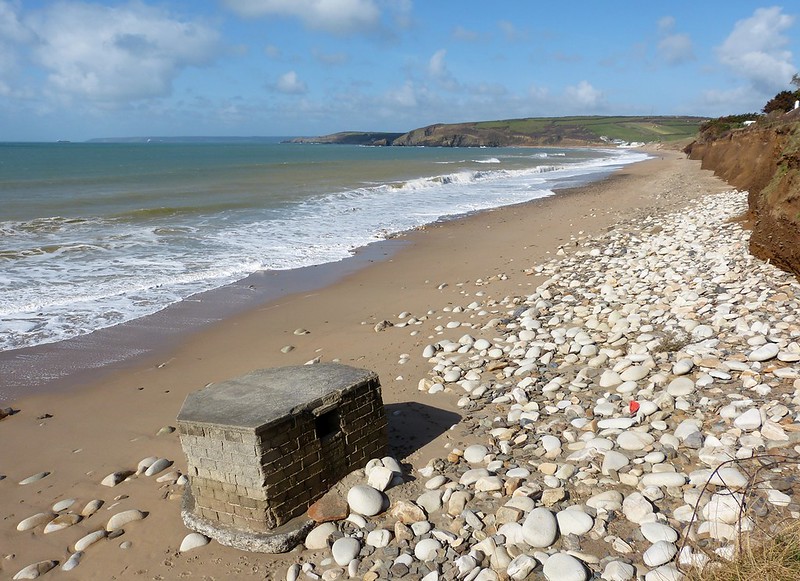

Following the coast path from Praa Sands in an easterly direction soon brought us to Hendra Beach and the fallen pillbox seen above. Once a vital part of our military defences this bastion of WW2 has outlasted the land upon which it originally stood and now finds itself marooned. Indeed that coastal erosion is still occurring apace as exemplified by the fact that this was the first path down to the beach in over a mile that hadn’t succumbed to winter storms. Here we also got the days birding off to a good start with a couple of playful Rock Pipits along the high tide line and a pair of Stonechats in vegetation beyond. A little further on and the first of many Linnets were found along Lesceave Cliffs before a singing Skylark necessitated a gaze skywards as we approached Rinsey Head. This particular stretch of coastline is also home to one of the most impressive residential properties I think I’ve ever seen. Grand Designs eat your heart out.

Rinsey Head brought us our first taste of Cornwall’s once vibrant Tin mining industry in the shape of this preserved engine house below. These iconic structures once housed steam powered beam engines whose task it was to pump mines clear of water and transport both men and materials down shafts several hundred feet deep. Today they are often the only evidence of this once industrialised area and offer the merest hint of a labyrinth hidden underground. Being more familiar with the slate quarries of North Wales I found the architecture particularly extravagant with arched windows, dressed stonework and even brick embellishments on the chimney.



Rounding the head brought us alongside Trewavas Cliffs where Ravens, Meadow Pipits and a pair of courting Fulmars were order of the day. Even better though were a pair of Choughs flying stealthily beneath us, my first ever sighting of this species in Cornwall. When I last visited the area in my teens Choughs were very sadly extinct and remained that way until 2001 when an influx of birds along the south coast heralded their return. Since then the species has gone from strength to strength though its population still remains fragile with only a couple of pairs breeding in Cornwall each year. You can probably understand our excitement then as this was one of our target birds for the trip. Equally miraculous were a pair of copulating Peregrine Falcons whose sensitivity necessitated a distant record shot once their exertions were complete.
A nearby distracted Kestrel allowed me to approach within a couple of meters though its gaze meant that all I got on camera was the back of its head. Presumably it was perplexed as to the reasons for a stone Camel in this sort of environment.
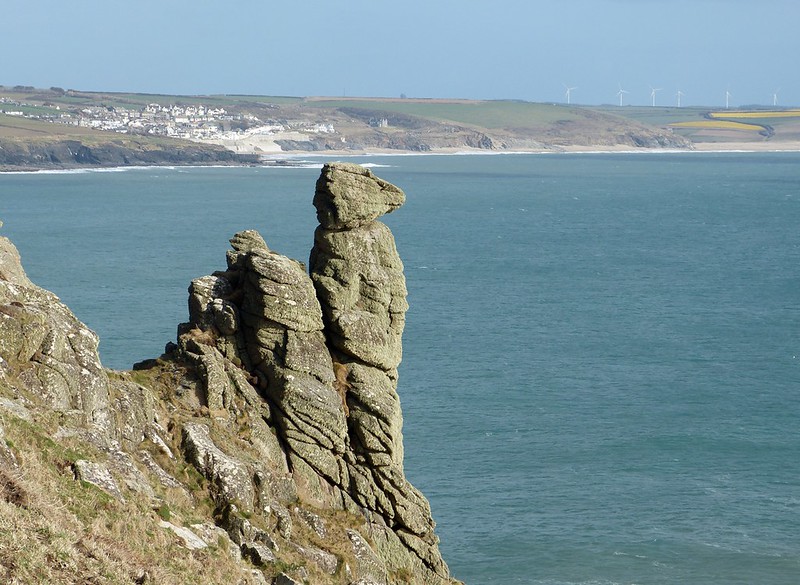
Another couple of miles and a chance peek over the cliff revealed a rotting whale corpse on the beach below. Far from being repulsed this was a must see opportunity as for many years I’ve been on the hunt for a whale bone to add to my collection. Sadly this one was a little too fresh for my liking though the stench had brought in other courtiers. At least two Buzzards and a Raven were in the area but it was one huge beast of a Gull that really took top billing. Once again spotted by Emma it was immediately obvious that we had a Glaucous Gull on our hands, my first ever self found white-winger. Even better was that this bird was in no rush to leave its dinner and we were treated to superb views as it chased off intruders, often flying directly overhead. Photographing a completely white bird at distance and in full sunshine was certainly a new challenge, one which left me ruing a noisy leap onto the beach before we’d been aware of the birds presence. Without that less than elegant arrival we ourselves could have gone unnoticed and I’m sure we’d have been able to approach much closer. The one that got away.


Eventually we had to drag ourselves away for Porthleven and lunch were most definitely calling. The stench of rotting meat prevailed for at least the next mile though even that couldn’t squash an appetite born of our longest walk for several months. Fortunately Porthleven turned out to be a typically picturesque Cornish port and an ideal place to while away some time.

Retracing our steps it came as no surprise that the Glaucous Gull was still present and will probably be so until its ready supply of food is exhausted. Another attempt at a stealthy approach got me within a similar range but it was clear that I would get no closer. Still what a stunning bird and one which dominated the surrounding landscape like no Gull I’ve yet seen. Also the view wasn’t half bad.
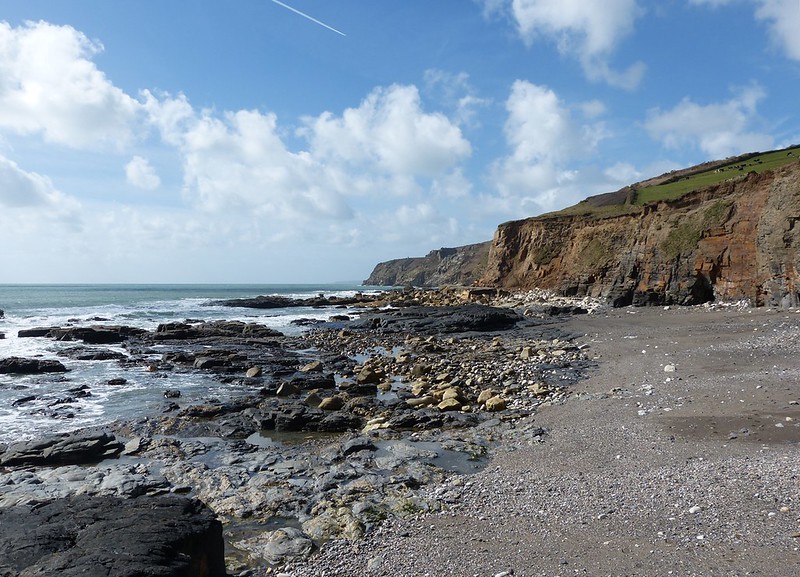
Back at the caravan we watched the sun go down leaving us with just one question. How on earth had a Herring Gull gotten muddy footprints across both my windscreen wipers and why had it taken such offence to each side window? The mind boggles.

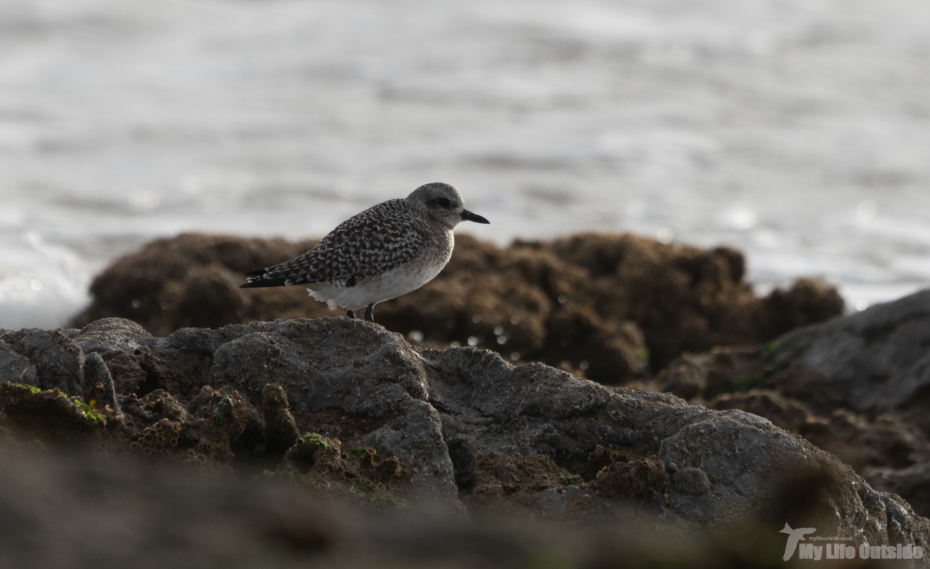
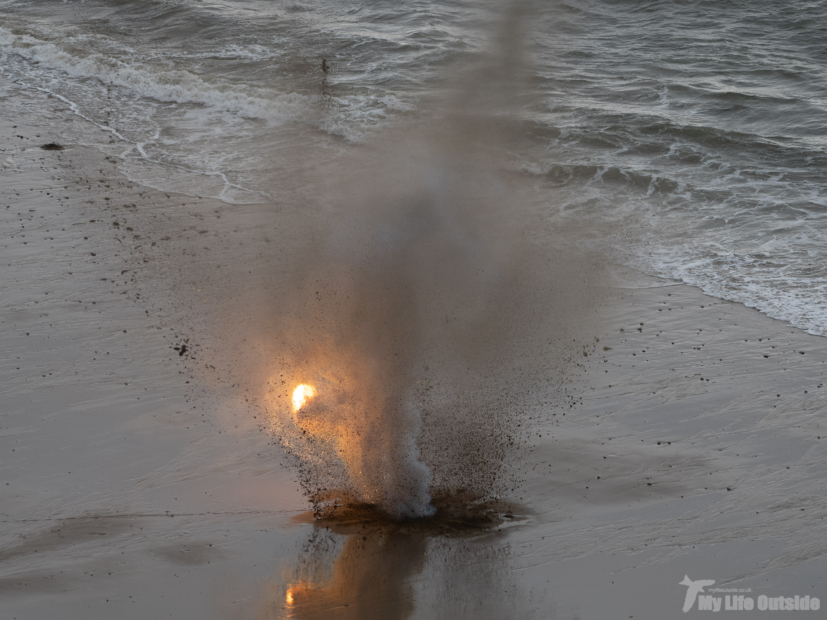
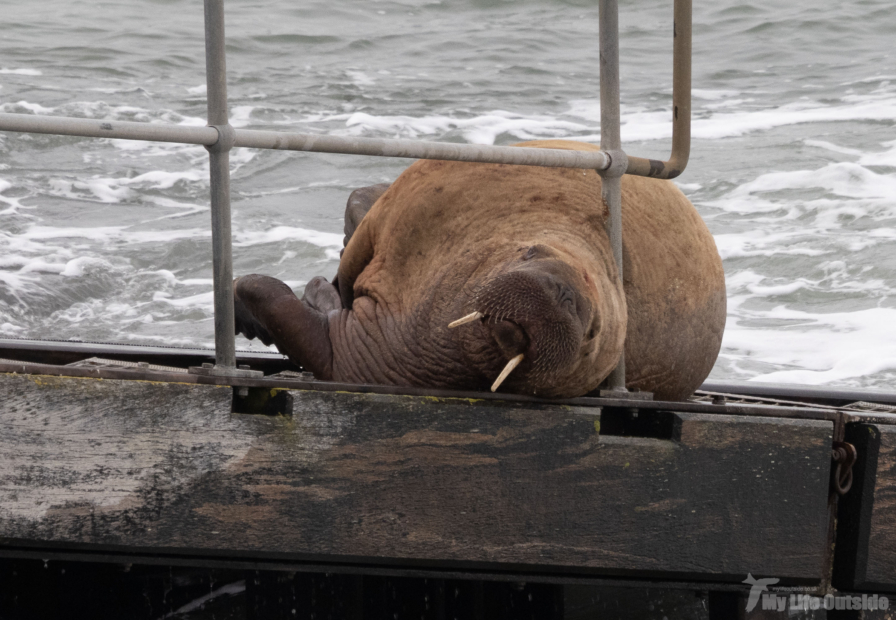
1 Comment
Carole M. · March 31, 2014 at 4:15 am
what a brilliant place to explore Adam; loved the big white stones on the beach, and the Cornish port …fantastic photography